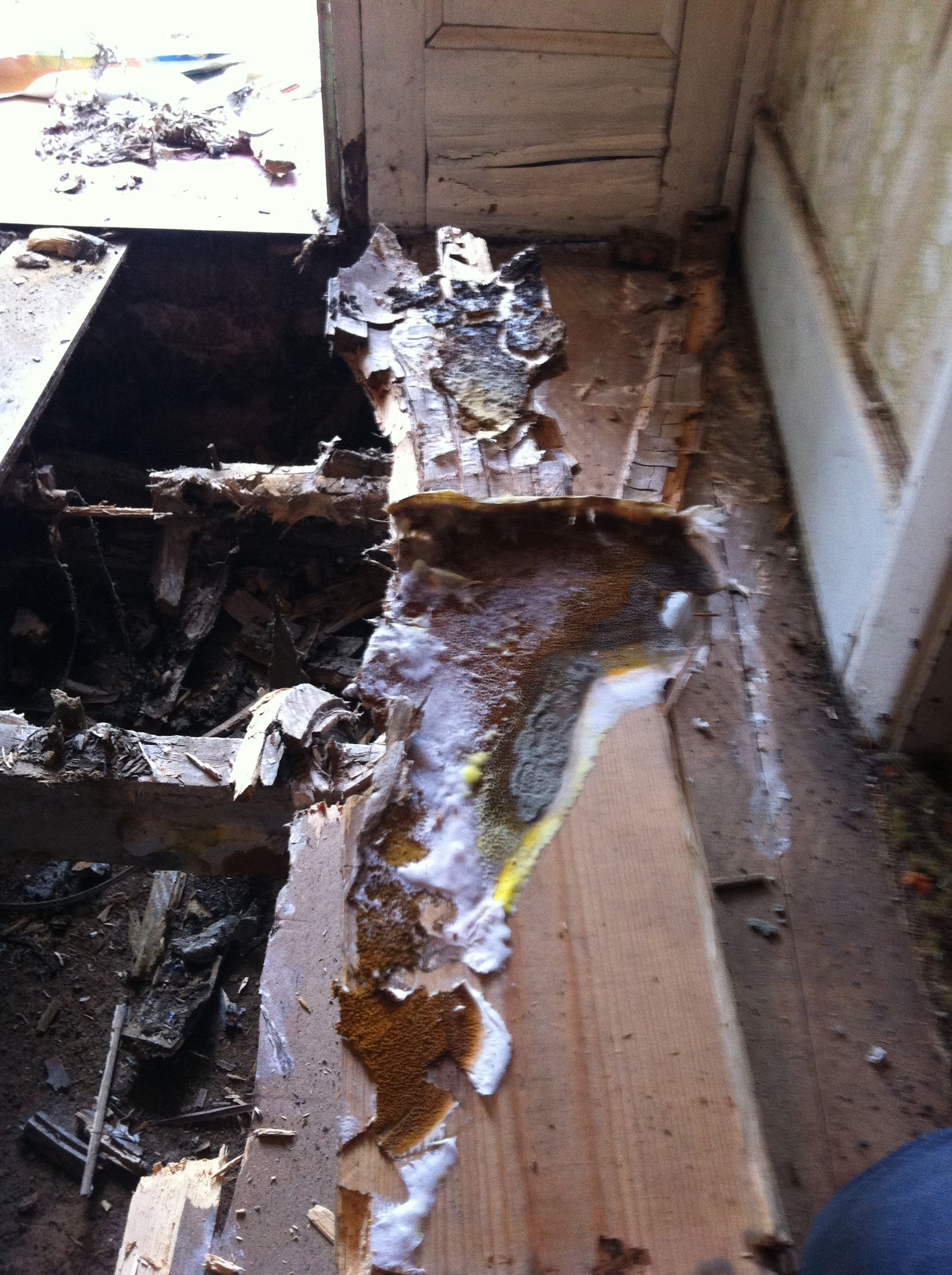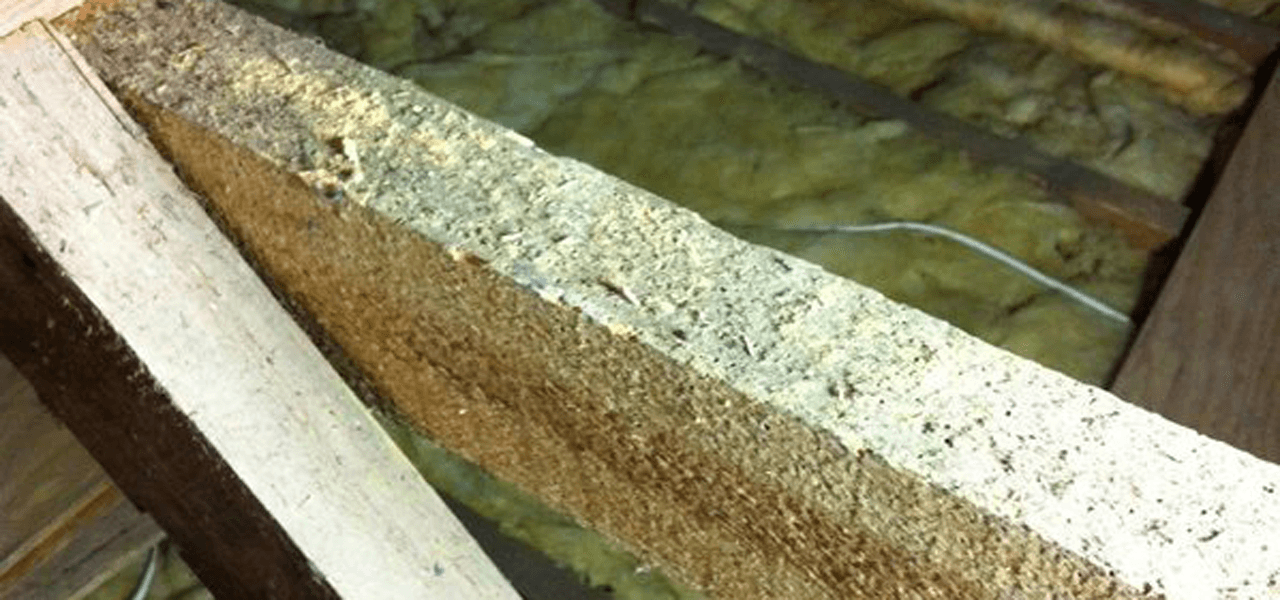CSRT Qualified - what does this actually mean?
M Dare • July 1, 2025
Certificated Surveyor in Remedial Treatments
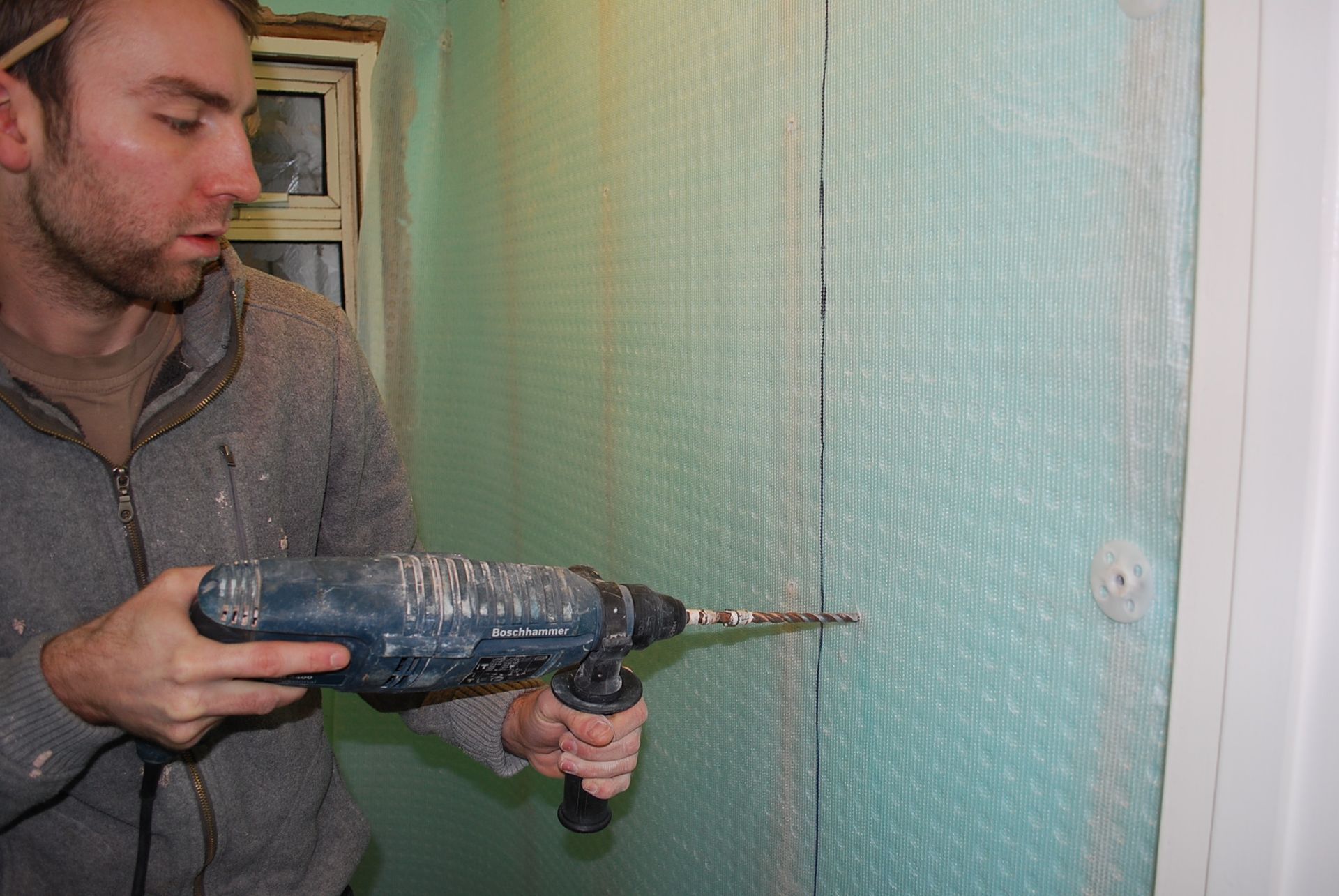
CSRT surveyors are trained to identify the causes and effects of dampness, including rising damp, penetrating damp, condensation and other moisture-related problems. They also possess knowledge of timber decay, like woodworm and rot.
ALL our surveyors have undertaken this qualification, some other damp proofers have not undertaken formal qualifications within the area which can leave customers vulnerable.
The CSRT qualification is widely recognized in the UK and ensures that surveyors meet a high standard of competence and professionalism.

We were sad to hear on a recent job, that a customer who had a guarantee for damp work from a business who used Insurance Backed Guarantee's, the damp proofing company wouldn't honor the guarantee to its client as the insurance company had apparently gone out of business, we are not sure how lawful this is but either way, it didn't seem right! So we wanted to reiterate to our customers we provide all of our OWN guarantees for the work we carry out where applicable. Therefore, as long as we are in business (We have been trading since 1993 and have no plans to go anywhere!) we will always honour our guarantee's that we provide for work such as Woodworm or Rising Damp etc. We provide 10 year Guarantees as we are confident in the work we carry out. Remember, with all guarantees we provide, the client has to comply fully with the terms, conditions, specifications, recommendations of the survey report and contract we put in place.
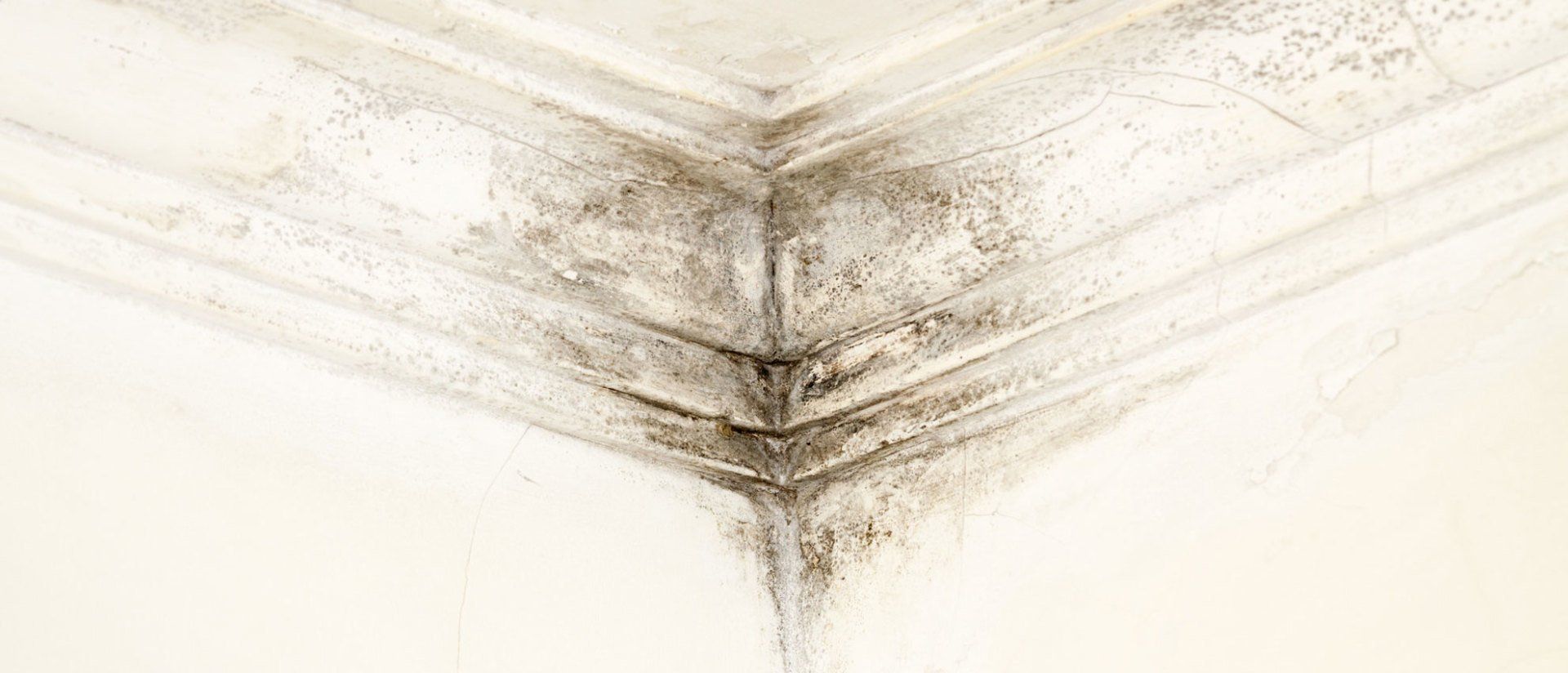
Awaab's Law, named after Awaab Ishak who tragically lost his life at just 2 years old , is a new UK law that sets legal timeframes for social landlords to address dangerous housing issues like damp, mould, and emergency repairs. It comes into force from 27th October 2027 and requires landlords to investigate and act on these hazards within deadlines, giving tenants new rights to legal action if the landlord fails to comply. Although this new law applies directly to social housing providers, we believe this could impact on the standards expected or at least influence standards across the entire housing sector, be it private landlords, contractors, developers etc. Mould poses health risks but doesn't always require lots of structural work to rectify in fact often can be dealt with following some simple lifestyle changes or changes to the home, we are happy to give advice on this or direct you to competent supplies/contractors who can help with extreme cases. Damp has more of an impact on the structure of a home, prolonged damp leads to decayed timbers, plaster failure, loss of thermal efficiency along with other issues. Rising Damp and Penetrating Damp have different causes and methods of treating, if you suspect either of these and require a free survey then do get in touch . For more information on Awaab's Law please check out the Gov.uk website Awaab’s Law: Draft guidance for social landlords - GOV.UK
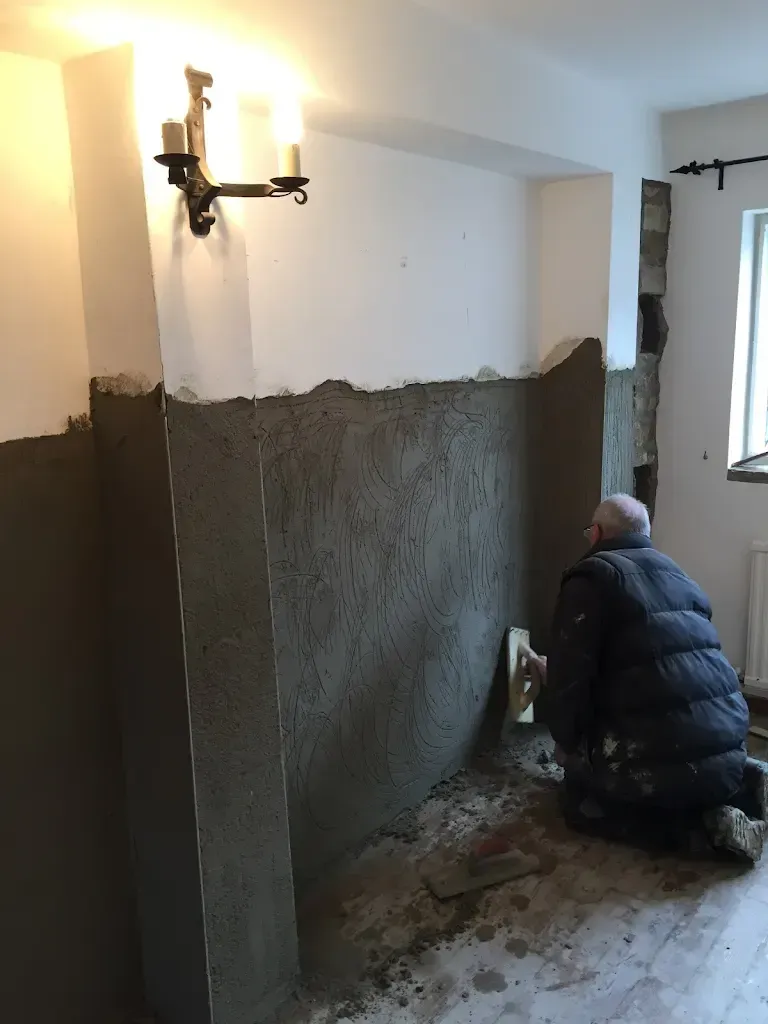
When customers contact us regarding damp issues in a Listed Building we will firstly advise you contact your local conservation officer. They will advise you on what remedial treatments you are allowed to complete on your property. Generally they do not like the more modern techniques being used on listed buildings and prefer to stick to lime plastering however in some cases there can be exceptions such as where previous damp proofing has taken place so the customer is asking for a like for like or where by the ground level differences may be the cause of the dampness but the decision will be with the conservation officer. It is against the law to carry out remedial treatments such as Damp Proofing for Rising Damp, Penetrating Damp, Dry/Wet Rot without consent from your local conservation officer, therefore we will always ask our customers for information regarding listed properties. "No person shall execute or cause to be executed any works for the demolition of a listed building or for its alteration or extension in any manner which would affect its character as a building of special architectural or historic interest unless the works are authorised" Listed Building Regulations Act 1990 Contact us today for your damp proofing treatments in Dorset & Somerset
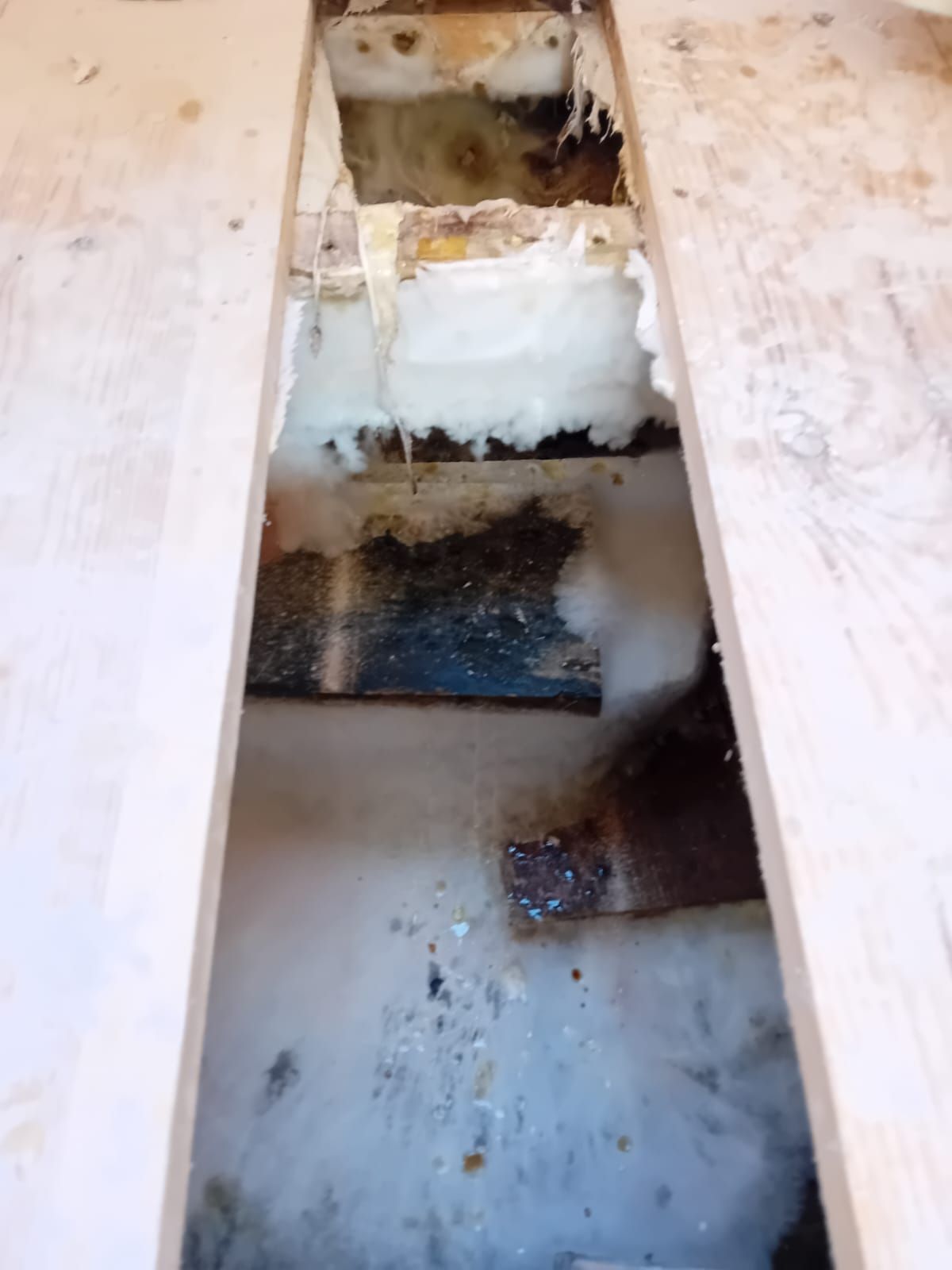
Dry rot can be caused by many factors but the most serious is fungal decay (Serpula Lacrymans). Expert diagnosis is vital as this fungus can destroy a property's structural strength and sadly we have seen this on a few occassions. Dry rot occurs mostly in soft woods, and typically occurs where stone and wood are in contact. This fungus has the ability to grow through plaster, concrete and brickwork in the search for further wood. Dry rot treatments include rectifying the damp ingress, removal of plasterwork/masonry, removal of decayed timbers and sterilisation of the infected areas. Signs of dry rot can include: Musty odor : A distinctive smell of wet or musty mushrooms Cracked wood : Deep cracks in the wood grain, or a cuboidal pattern of cracks Discolored wood : Wood may appear dark brown, rusty, or have a reddish-brown discoloration Brittle wood : Wood may crumble or feel brittle when handled Spore dust : Fine brown dust or orange-brown patches of spore dust Mycelium : A cotton wool-like white or grey growth on the surface of the wood Fruiting bodies : Mushroom-like structures that look like small pizzas, with a white outer part and a rusty-red middle Hyphal growth : Thread-like white strands that spread through the wood Shrinkage : The wood may shrink If you suspect you could have Dry Rot in Dorset & Somerset please get in touch for a Free Survey!


